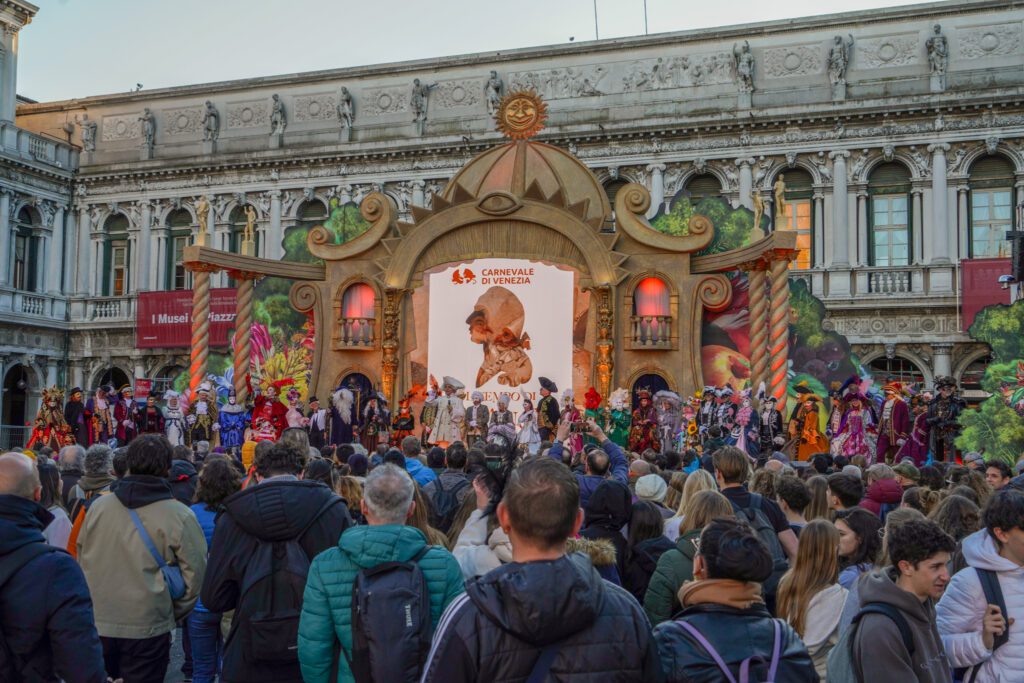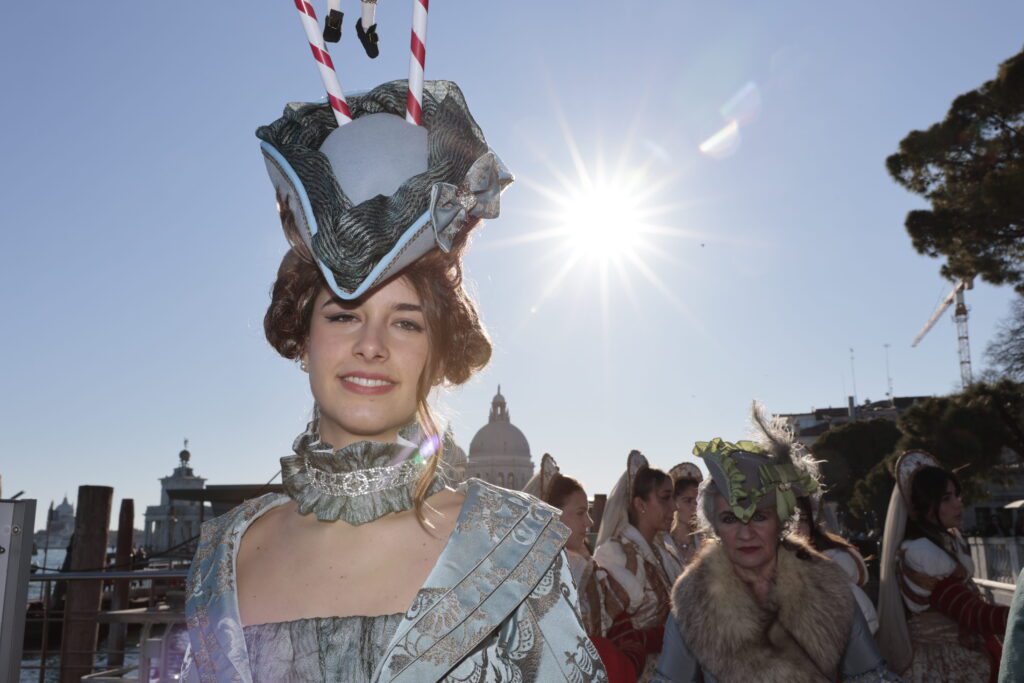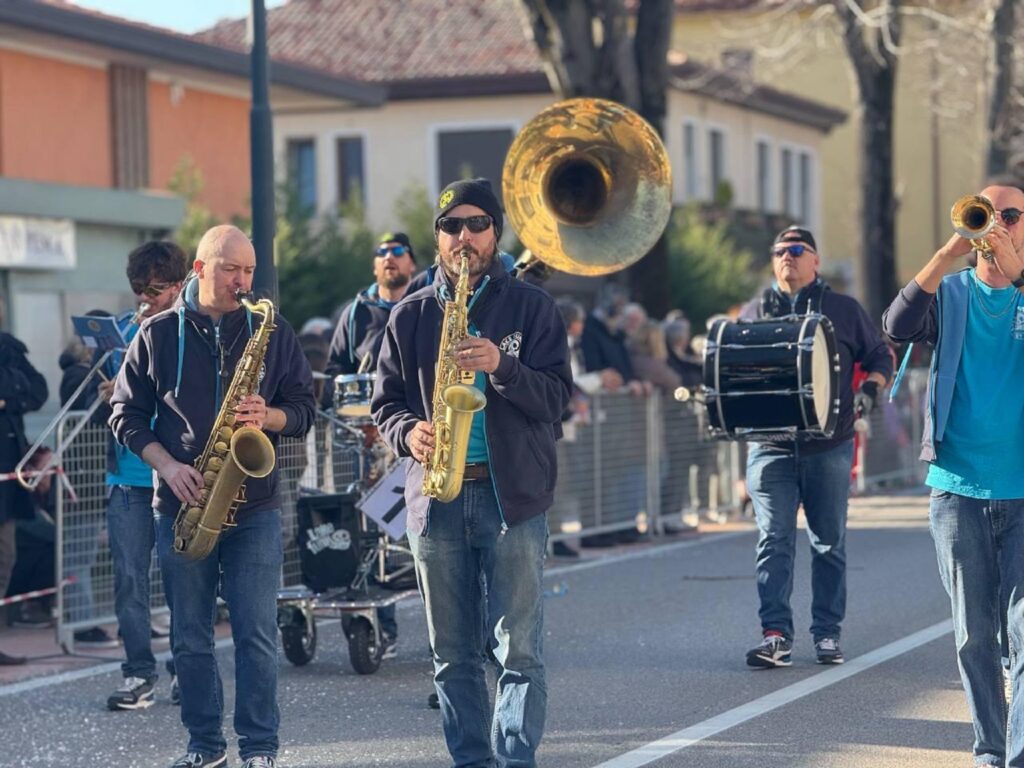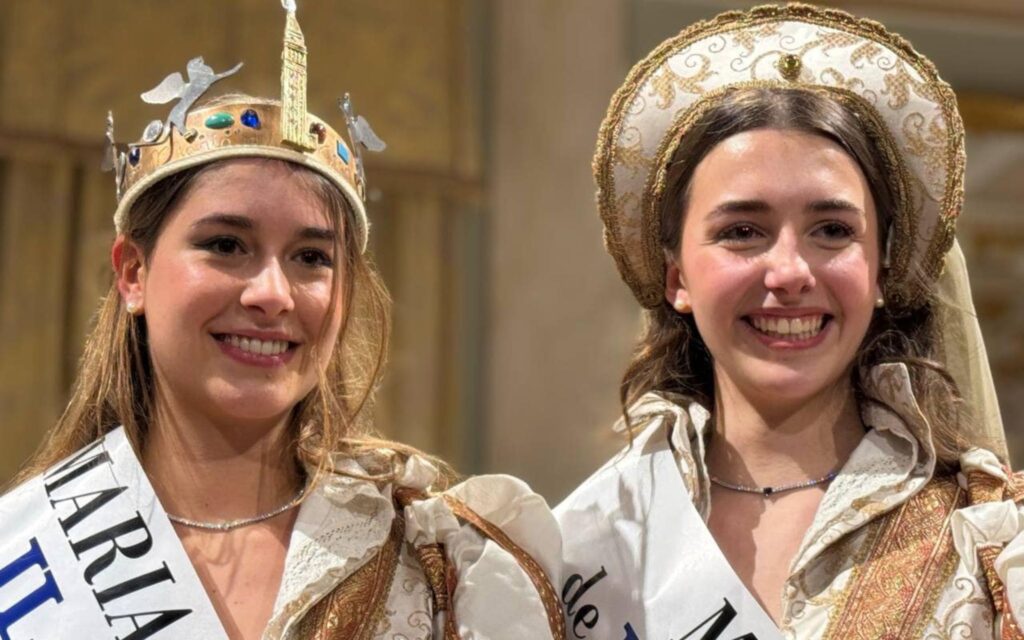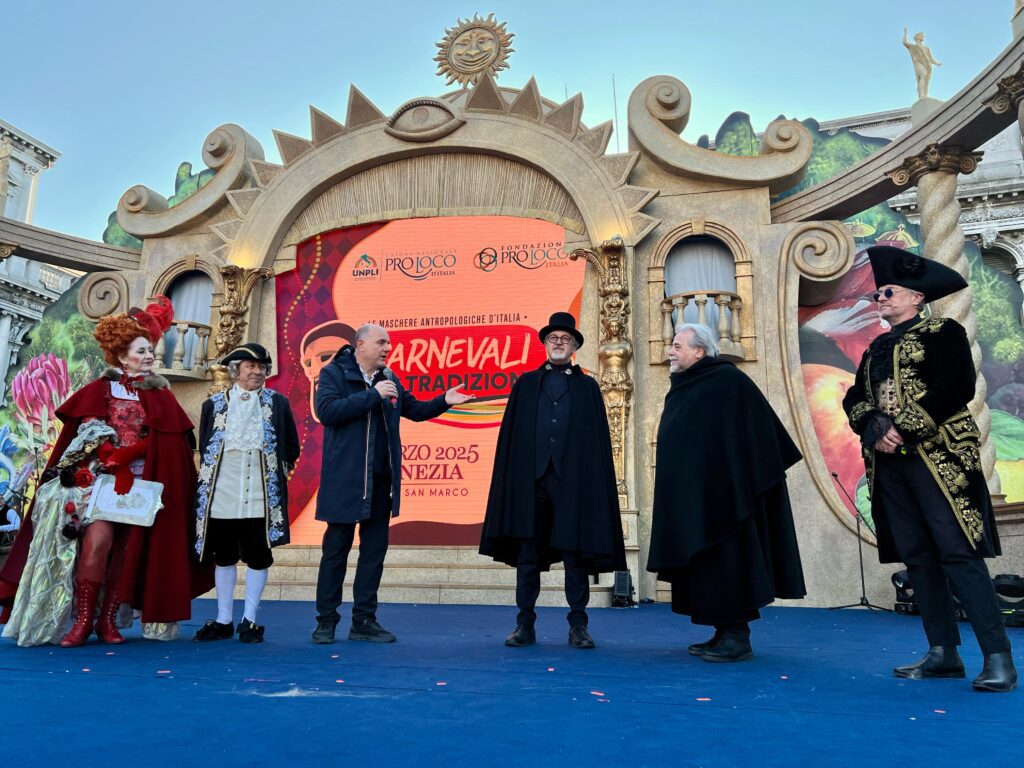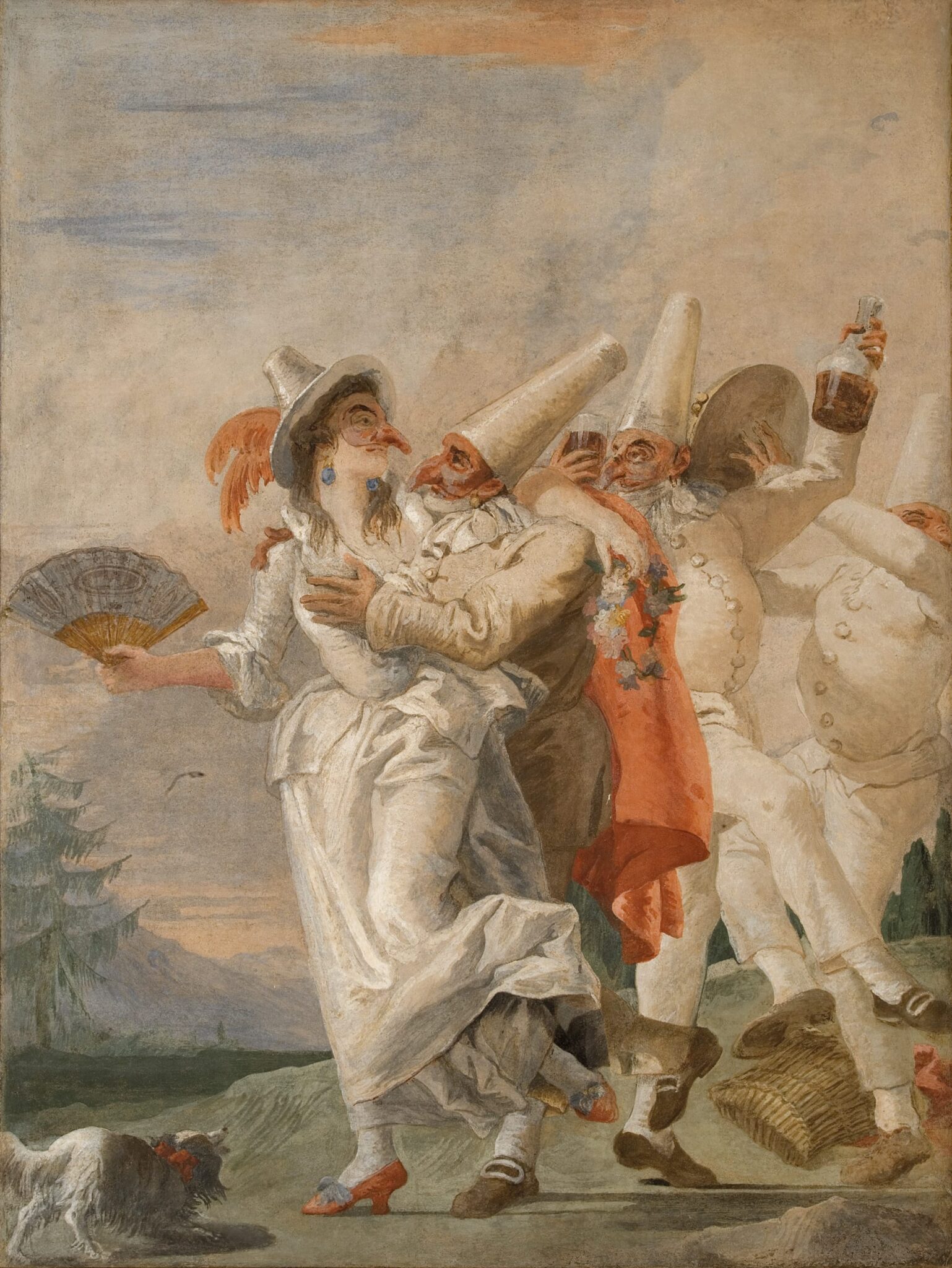Hemingway in Venice: a mad and light-hearted love story
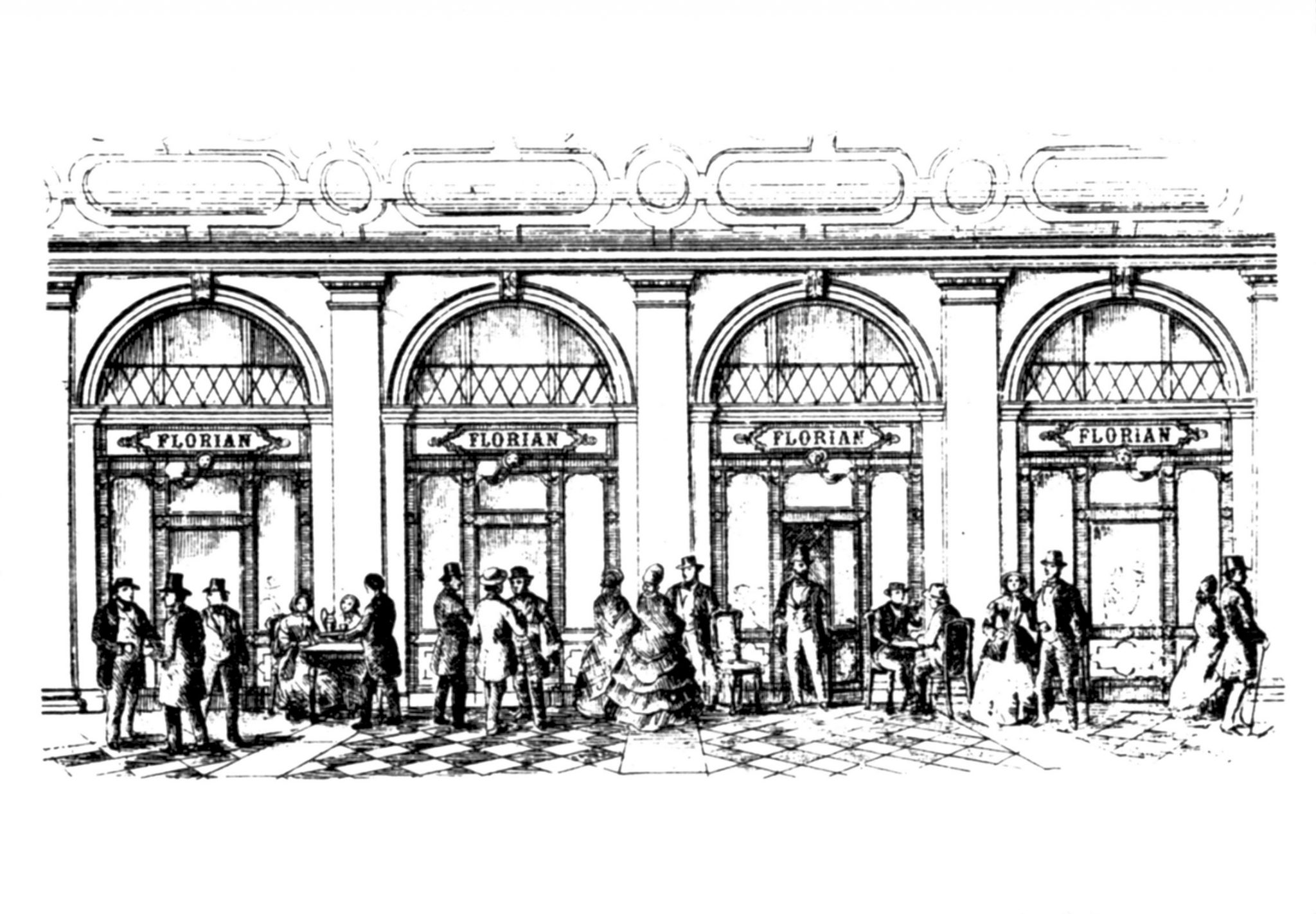
Everyone who has been to Venice at least once in a lifetime is well aware of its beauty, of its power to bewitch with its uniqueness and to penetrate the hearts of its tourists, who then can do nothing but wanting to come back. Whoever has lived there, even if just for one day, knows very well what it feels like, what is this kind of love that can be described as gentle and light-hearted, but also starts in an immediate and irrational way, almost insane, we could say. Many people have walked across its “calli” (streets) and “campielli” (squares) trying to then communicate its magic in their own ways. In fact, this is exactly what the famous American writer Ernest Hemingway tried to do after having inevitably fallen into this “trap”.
Hemingway arrives for the first time in Venice in 1948 and, since then, he keeps coming back there and starts to write again after ten years of stop. He manages to publish one of his last novels, Across the River and into the Trees. He tells a story about a love that is kind of crazy, an overwhelming passion that still brings a touch of joy and playfulness, exactly what the life of the main character was missing. He tells a story that is, in part, his own, talking about his love for Venice and the one that he had found there. In fact, during one of his stays, Hemingway fell in love with the noble 19-year-old Adriana Ivancich. A relationship grew between the two of them, even if it was never carnal other than in the pages of his book. The 30-year difference of age and the fact that he was married always prevented them from concretizing what they were feeling towards each other, but nothing could stop this relationship from being born and nurtured and that kept existing even when he left for Cuba. Even if they were miles apart, they kept writing to each other and intensifying the connection they had.
However, the love that Hemingway was feeling was not only about the relationship itself, but also the city in general, which had put him under its spell since the first time he went there. In fact, walking around Venice one can see many places that were frequently visited by the writer and that commemorate him still today: for example, the Gritti Palace where he stayed, the Florian Café in San Marco, the Harry’s Bar on the Grand Canal, that was declared a cultural heritage by the Ministry of Culture in 2001, the place where Hemingway would go to give voice to his thoughts and write them down. Moreover, he often went to Torcello island to stay at the Locanda Cipriani where he would write and drink during the night and going out for a duck hunt among the reeds the day after. In this city, the writer would walk and get lost, being surprised by its beauty around every corner, just like a little child who discovers the world for the first time.
Indeed, the one between Hemingway and Venice is a love story, but not in a conventional way: it involves a deep falling-in-love with life that has in itself game, folly and, namely, love. Careless in its lightness, mad in its irrationality and immediacy, and all-consuming in its passion. But, perhaps, deep down, isn’t exactly this the Venetian magic? Isn’t it the story of everyone who sees it for the first time?
To his friend Bernard Berenson, Hemingway wrote: “I am a boy of the Lower Piave… I’m an old Veneto’s fanatic and I will leave my heart here”, together with the ones of many other people that are still beating behind the corner of some street.
